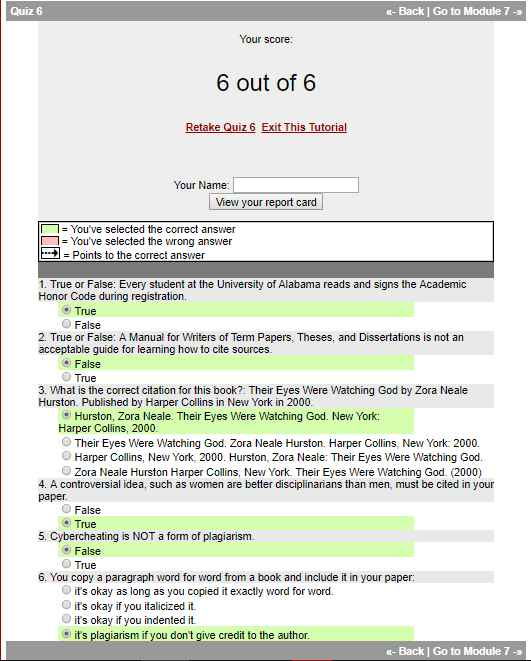Discussion
The organization selected for this discussion is Jackson Memorial Hospital located in Miami-Dade County, Florida. The focal area of the identified hospital is specialized care that is provided based on the Ryder Trauma Center, Burn Center, Newborn Special Care Center, and Rehabilitation Unit (“About us,” 2018). The integration of these departments creates the complexity of management, which, in turn, seems to adversely affect care quality and patient outcomes. In this regard, there is a need to introduce new ideas to reinvent the very essence of healthcare provision and achieve collaboration between patients, doctors, and employees.
Considering ten recommendations presented by the Institute of Medicine (IOM) in the recent “Best Care at Lower Cost” report, one may state that it is important to apply such ideas as building an adaptive learning system and connectivity. In order to ensure that the mentioned complexity will be facilitated to make care more transparent and open to innovations, the organization should focus on dedicated leadership and empowerment (“Report release: Best care at lower cost,” 2012). A specific intervention that may be employed is training provided to nurses at all levels, which is likely to increase their awareness of the existing challenges and highlight opportunities (Ducharme, Bernhardt, Padula, & Adams, 2017). More to the point, Jackson Memorial Hospital has the ability to initiate change in terms of connectivity by providing the Internet and mobile applications to caregivers, patients, and their families. Such a decision will allow for accessing relevant information timely, cheaply, and on demand. One may anticipate that, as a result, this connectivity will reduce care costs and equip patients with pertinent and credible information regarding their own health outcomes.
Assignment

Response to Peers’ Posts
Post 1
The optimization of resources is, indeed, an important topic that is pertinent to the needs of modern healthcare. In relation to patients with osteoporosis, it is critical to provide education to achieve higher awareness and prevent further deterioration. The recommendations provided by the Institute of Medicine (IOM) that are noted in this post are thought-provoking as they make readers to ponder over the way to increase patient awareness of osteoporosis symptoms and their prevention. According to Wu et al. (2014), educational interventions along with the individualized bone density feedback may improve health outcomes since patients become more sensitive to their conditions by improving self-care and self-efficacy. As a result, it seems to be possible to enhance patients’ quality of life and reduce costs. One may suggest that a course of 15-20 minute sessions is a feasible way to provide patient education, which can be realized both in a traditional manner and online.
Post 2
This post raises such a significant health issue as the approach to patients as participants in the process of care. The fact that care providers call patients “partners” seems to be rather contributing to quality improvement. Moreover, the mentioned events organized for mothers may engage them in care provision and ensure greater cooperation with nurses. The connection with other organizations in the context of the group membership theory is suggested by Lyubovnikova, West, Dawson, and Carter (2015). The results of the study show that such cooperation leads to the decreased patient morality, more qualified care, and proper resource allocation. More to the point, it promotes more focused research and allows several scholars to work in a team, thus integrating their knowledge and providing more valuable findings.
References
About us. (2018). Web.
Ducharme, M. P., Bernhardt, J. M., Padula, C. A., & Adams, J. M. (2017). Leader influence, the professional practice environment, and nurse engagement in essential nursing practice. JONA, 47(7-8), 367-375.
Lyubovnikova, J., West, M. A., Dawson, J. F., & Carter, M. R. (2015). 24-Karat or fool’s gold? Consequences of real team and co-acting group membership in healthcare organizations. European Journal of Work and Organizational Psychology, 24(6), 929-950.
Report release: Best care at lower cost. (2012). Web.
Wu, F., Laslett, L. L., Wills, K., Oldenburg, B., Jones, G., & Winzenberg, T. (2014). Effects of individualized bone density feedback and educational interventions on osteoporosis knowledge and self-efficacy: A 12-yr prospective study. Journal of Clinical Densitometry, 17(4), 466-472.
